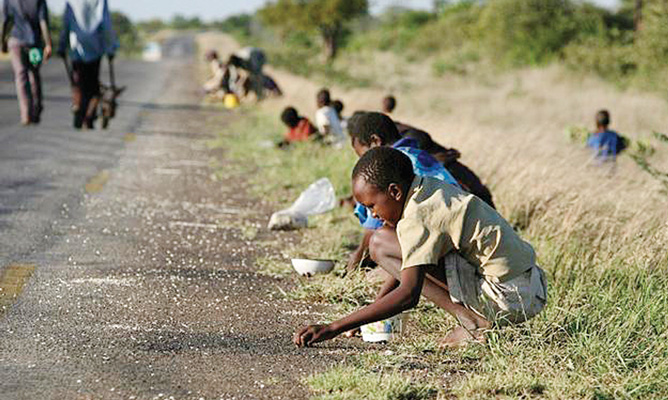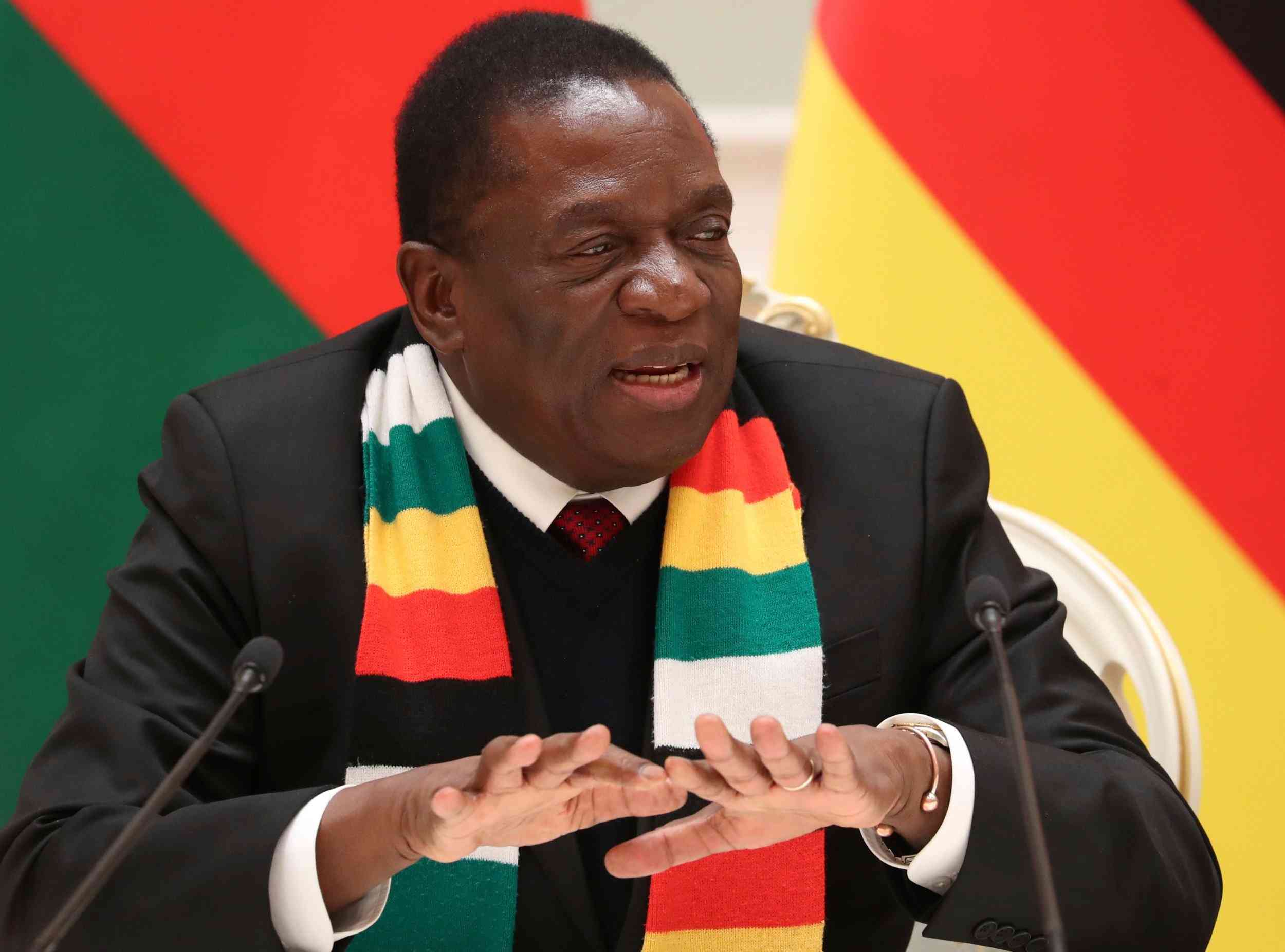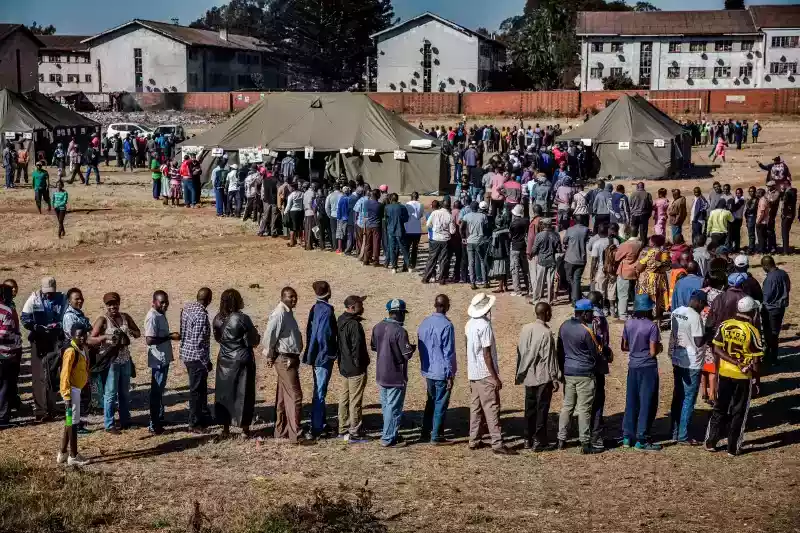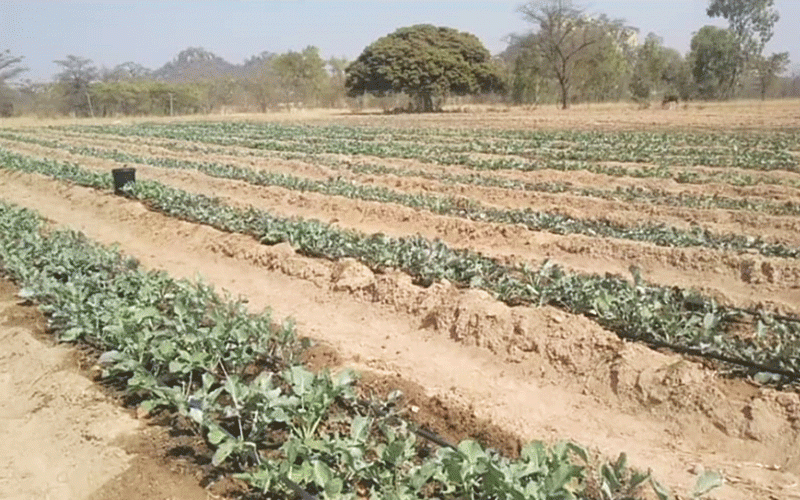
BY TATENDA CHITAGU
NEARLY half of Zimbabwe’s population, including the urban poor face hunger by March this year, the United Nations World Food Programme (WFP) said yesterday as it launched an appeal for an additional US$204 million for food aid.
Zimbabwe has suffered successive cyclone-induced droughts, while the COVID-19 global pandemic and a comatose economy increased poverty levels and food insecurity.
“With millions of Zimbabweans devastated by a year of drought, rising hyperinflation and COVID-19, the United Nations World Food Programme (WFP) today appealed for an additional US$204 million to support over four million of the most food insecure over the next six months,” WFP said in the statement.
“More than half of Zimbabweans in the rural areas are left with no alternative but to skip meals, reduce portion size or sell off precious belongings in order to cope,” said Francesca Erdelmann, WFP Zimbabwe’s representative.
“We are deeply concerned that if WFP does not receive enough funding to reach the four million people it intends to, families will be further pushed to the limit.”
WFP said the additional funding should cater for the “lean” season, which risks pushing some 6,9 million people into hunger by March.
“Roughly one-third of the rural population, which is expected to face ‘crisis’ or ‘emergency’ levels of hunger, and 2,3 million hungry urban dwellers are to be covered,” WFP added.
- Chamisa under fire over US$120K donation
- Mavhunga puts DeMbare into Chibuku quarterfinals
- Pension funds bet on Cabora Bassa oilfields
- Councils defy govt fire tender directive
Keep Reading
“The funding would allow WFP to provide the minimum amount of emergency food assistance to the most vulnerable 3,5 million rural and 550 000 urban dwellers, complementing the response of Zimbabwe’s government and other partners,” read the statement.
According to the latest ZimVAC rural livelihoods assessment, at least 7,6 million people have sunk into poverty this year — a million more than in 2019, while recurrent hyperinflation has seen prices of basics shooting beyond the reach of many.











